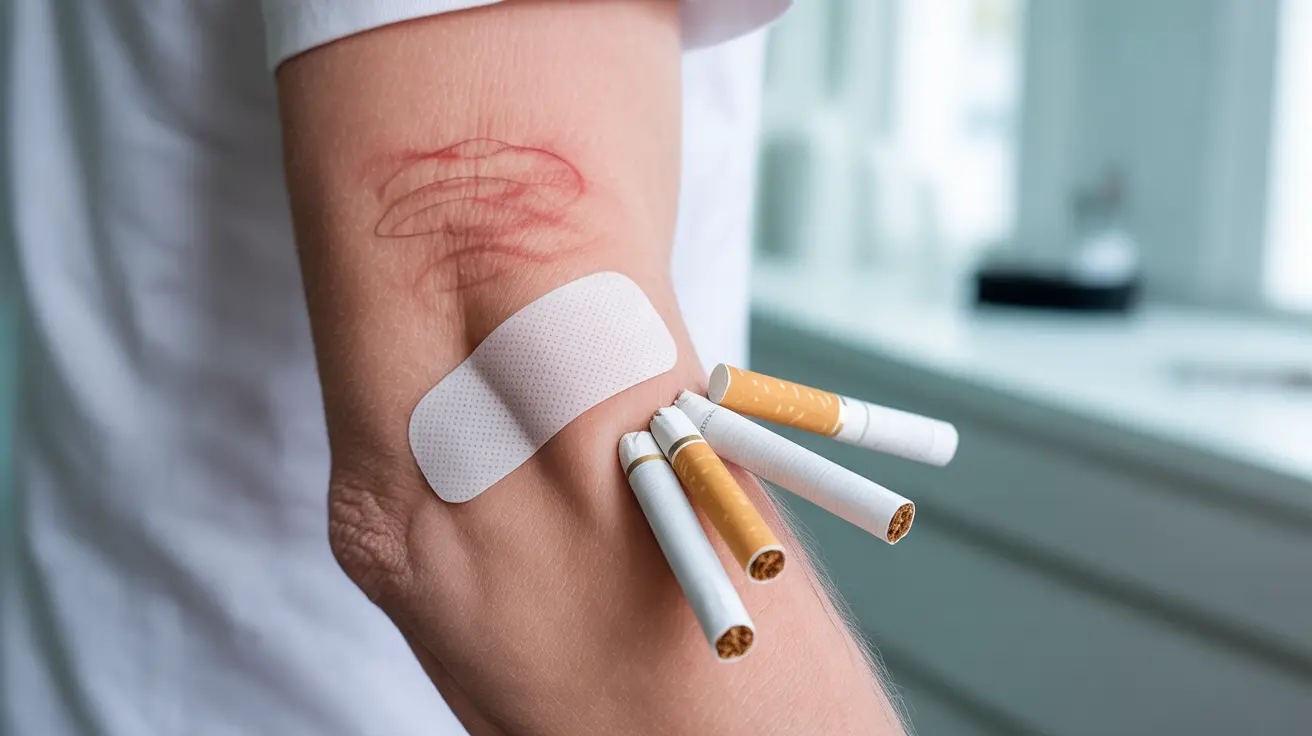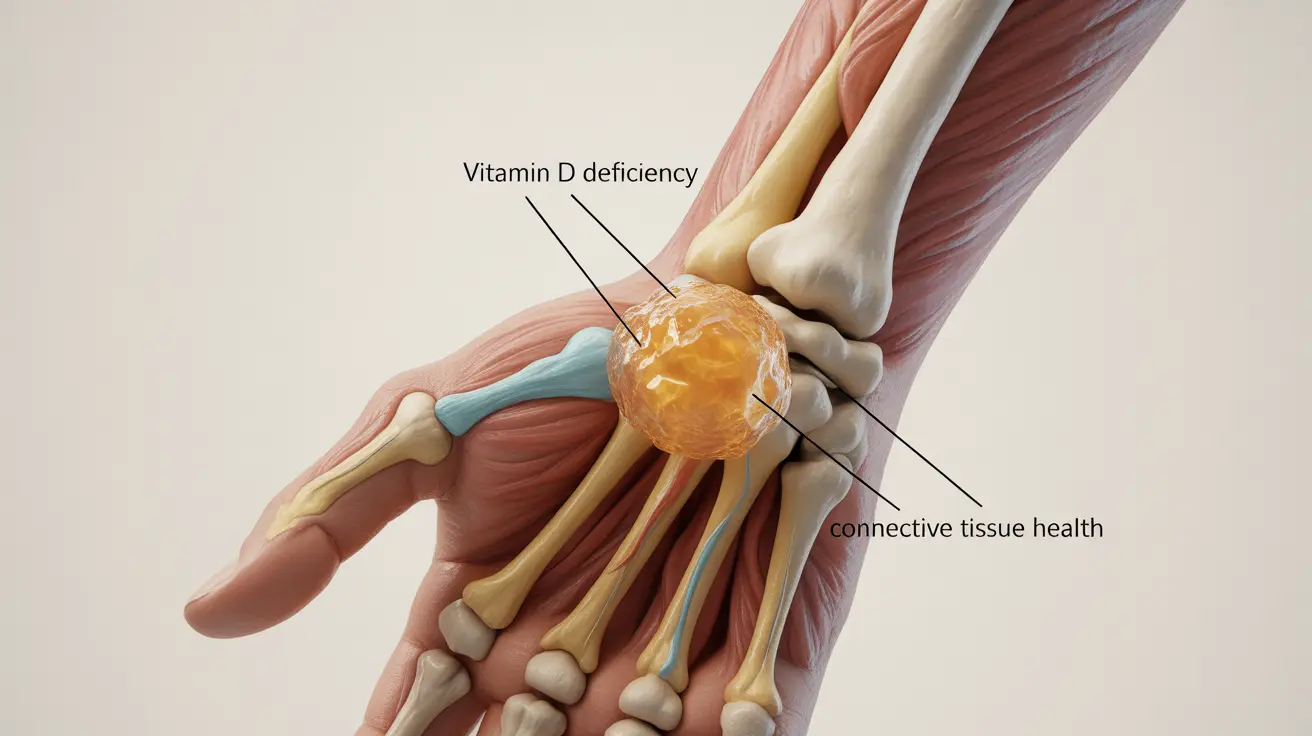Discovering that your toddler fell out of crib can be one of the most frightening moments for any parent. This common yet concerning incident affects countless families as children develop the mobility and curiosity to climb over crib rails. Understanding how to respond immediately and implement preventive measures can help ensure your child's safety and your peace of mind.
While most falls from cribs result in minor injuries, knowing the proper steps to take and recognizing when professional medical attention is needed can make all the difference. This comprehensive guide will walk you through immediate response protocols, prevention strategies, and important safety considerations to protect your growing toddler.
Immediate Steps After Your Toddler Falls from the Crib
When you discover your toddler fell out of crib, your immediate response is crucial for both their physical well-being and emotional comfort. First, remain calm and approach your child slowly to avoid startling them further. Check for obvious signs of injury such as bleeding, swelling, or unusual positioning of limbs.
Comfort your toddler while carefully observing their behavior and responsiveness. Look for signs of head injury including confusion, excessive drowsiness, vomiting, or difficulty staying awake. If your child appears alert and is crying normally, this is generally a positive sign, as crying indicates they are conscious and breathing properly.
Document the incident by noting the time, how the fall occurred, and any symptoms you observe. Take photos of any visible injuries for reference. If you notice any concerning symptoms or if your child hit their head during the fall, contact your pediatrician immediately or seek emergency medical care.
Signs That Require Immediate Medical Attention
While many crib falls result in minor bumps and bruises, certain symptoms warrant immediate medical evaluation. Head injuries are of particular concern, especially if your toddler loses consciousness, even briefly, or displays persistent vomiting more than once.
Watch for changes in behavior such as unusual irritability, excessive sleepiness, difficulty waking from sleep, or confusion. Physical symptoms that require prompt medical attention include severe headaches, seizures, clear fluid draining from the nose or ears, or pupils that appear different sizes.
Injuries to other body parts also need assessment. Seek medical care if your toddler refuses to move an arm or leg, shows signs of severe pain, or if you suspect broken bones. Trust your parental instincts – if something seems wrong or different about your child's behavior after a fall, don't hesitate to consult with healthcare professionals.
Effective Prevention Strategies
Preventing future incidents when your toddler fell out of crib starts with understanding why these falls occur. Most toddlers begin attempting to climb out of their cribs between 18 months and 3 years old as they develop increased mobility, curiosity, and problem-solving skills.
Lower the crib mattress to its lowest setting if you haven't already done so. This increases the height of the crib rails relative to the mattress surface, making it more difficult for your toddler to climb over. Remove any objects from the crib that could serve as stepping stones, including thick blankets, pillows, stuffed animals, or crib bumpers.
Consider your toddler's sleep environment and routine. Ensure they're getting adequate daytime physical activity and maintaining consistent sleep schedules. Overtired or overstimulated children may be more likely to attempt climbing out of their cribs during bedtime or nap time.
Understanding Crib Safety Equipment Options
Parents often wonder about specialized products designed to prevent crib climbing. Crib tents, which create a mesh covering over the crib, have been used by some families but come with important safety considerations that require careful evaluation.
Sleep sacks or wearable blankets can effectively limit your toddler's leg mobility, making it more difficult to swing a leg over the crib rail. These products allow normal movement for sleeping while restricting the range of motion needed for climbing attempts.
Monitor systems with video cameras can help you observe your toddler's behavior patterns and intervene before climbing attempts become dangerous falls. However, remember that no safety device replaces proper supervision and age-appropriate sleeping arrangements.
Recognizing When to Transition to a Toddler Bed
The timing of transitioning from crib to bed varies for each child, but certain indicators suggest your toddler may be ready for this change. If your child is consistently attempting to climb out of the crib, has successfully climbed out multiple times, or if you're concerned about potential falls, it may be time to consider a toddler bed.
Physical development milestones also guide this decision. Most children are ready for bed transition between ages 18 months and 3 years, particularly when they can walk steadily and understand basic safety instructions. Consider your child's emotional maturity and ability to understand boundaries about staying in bed.
Family circumstances may also influence timing. Major life changes such as moving homes, welcoming a new baby, or starting daycare might affect your decision. Some families choose to transition when preparing the crib for a new sibling, while others prefer to maintain consistency during periods of change.
Creating a Safe Sleep Environment During Transition
Whether maintaining crib use with enhanced safety measures or transitioning to a toddler bed, creating a secure sleep environment is essential. Childproof the bedroom by securing furniture to walls, covering electrical outlets, and removing potential hazards from your toddler's reach.
Install safety gates at the bedroom door if transitioning to a bed, allowing your toddler freedom to move around their room while preventing unsupervised wandering throughout the house during sleep hours. Ensure windows have appropriate safety locks or guards.
Consider nighttime lighting solutions that provide enough illumination for safe movement without disrupting sleep quality. Motion-activated nightlights can help your toddler navigate their room safely if they wake during the night.
Frequently Asked Questions
What should I do if my toddler fell out of the crib?
Remain calm and assess your toddler for injuries. Comfort them while checking for signs of head injury, broken bones, or unusual behavior. Contact your pediatrician if you notice concerning symptoms like vomiting, excessive drowsiness, or if your child hit their head. Document the incident and trust your instincts about seeking medical care.
How can I prevent my toddler from climbing out of the crib?
Lower the crib mattress to its lowest setting and remove all objects that could serve as stepping stones. Consider using sleep sacks to limit leg mobility, maintain consistent sleep routines, and ensure adequate daytime physical activity. Monitor your toddler's behavior patterns to identify and address climbing attempts early.
When is it time to transition my toddler from a crib to a bed?
Consider transitioning when your toddler consistently attempts to climb out, is between 18 months and 3 years old, can walk steadily, and shows signs of emotional readiness. The transition timing should also consider family circumstances and your child's ability to understand bedtime boundaries and safety rules.
Is it safe to use a crib tent to stop my toddler from climbing out?
Crib tents have important safety considerations and should be evaluated carefully. While some families use them successfully, they may present entrapment or suffocation risks. Consult with your pediatrician and consider alternative solutions like sleep sacks or transitioning to a toddler bed instead.
What are the signs my toddler is at risk of falling out of the crib?
Watch for climbing attempts, your toddler placing their leg over the crib rail, increased mobility and curiosity, and height approaching 35 inches tall. Other signs include successful escapes from the crib, evidence of attempted climbing like blankets or stuffed animals positioned near the rails, and your child expressing desire to get out independently.




